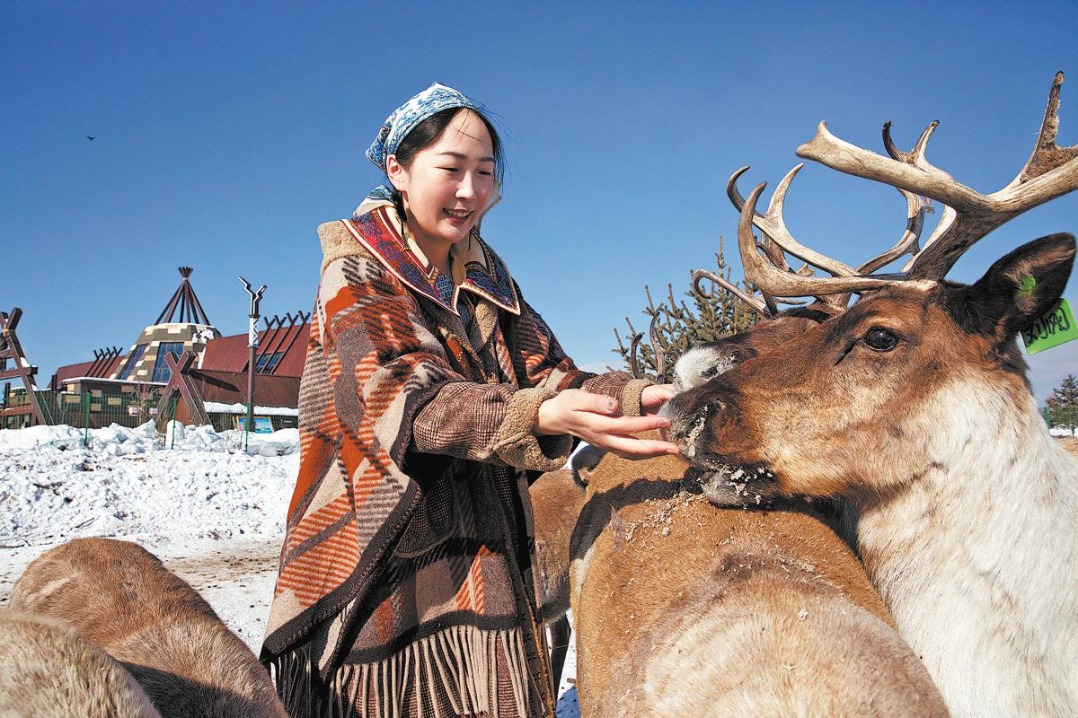Vital clues shed light on avian migration routes


Study shows intercontinental flight paths of the Beijing Swift for first time
In late spring, Yuan Xuejun, who works in an office near the Zhengyang Gate in Beijing, loves hearing the sharp, clear notes of birds in the sky.
She is frequently distracted from her work by their chirping, and takes numerous photos of them against the backdrop of the gate.
Each year, the birds appear in the spring, before migrating in the autumn.
Yuan, 56, an associate researcher at the Beijing Central Axis Heritage Protection Center, said: "I wondered where they headed for the winter. I am so grateful for the chance to fully appreciate the birds and enjoy their boundless energy."
In late June, a study published in the international journal Movement Ecology showed the migration routes and preferred habitats of migratory birds for the first time.
Yuan is enchanted by the Beijing Swift (Apus apus pekinensis), the only wild migratory avian species in the world named after the Chinese capital, and a subspecies of the common swift (Apus apus).
These birds travel about 15,000 kilometers annually to spend the northern winter in southern Africa, covering the same distance when they return to Beijing to build nests and start breeding.
The swifts, which are 16 to 18 centimeters long, fly fast and cover long distances. They rarely land during migration, and perform the round trip of 30,000 km every year, passing over 37 countries and regions.
According to the study, Beijing Swifts begin their autumn migration in the middle of July-leaving the city after breeding.
They fly northwest to Mongolia, then west over Xinjiang Uygur autonomous region, the Junggar Basin-a large sedimentary area in northwestern China-and then enter Central Asia.
Around Aug 16 every year, the birds cross the Red Sea and head toward Central Africa. They reach the eastern Congo Basin in early September, where they remain for about one month, before flying south to reach the Southern African Plateau in early November. They stay there for about 100 days.
Liu Yang, corresponding author of the study and professor of life sciences at Sun Yat-sen University in Guangzhou, capital of Guangdong province, said, "To reach Africa, the birds fly in the shape of a parabola.
"The research also suggests that they adapt well to semi-arid areas and have a preference for hot air currents. One of the major reasons for this is that countless insects-the birds' primary source of food-abound in relatively dry regions."
Liu said that rather than heading straight to the hot and humid south, the swifts take a "labor-saving route" by first flying north and then northwest due to their dietary habits.
The return route for the spring migration is almost identical. The birds arrive in the eastern Congo Basin in mid-February from the Southern African Plateau, staying for about a month before crossing the Red Sea. They leave Africa in early April.
Flying almost nonstop, the swifts return to their breeding area after arriving in Beijing from about mid-April to mid-May.























